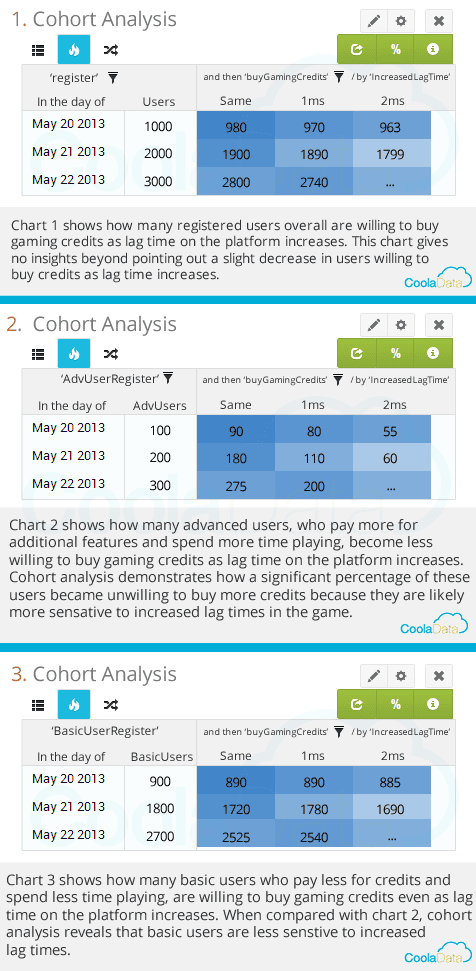
Data structures are essential for organizing and managing data efficiently in computer science. They help programmers store, access, and process data swiftly, which is vital for developing high-performance applications. From basic arrays and linked lists to advanced structures like graphs and hash tables, each type offers unique advantages depending on the task.
Understanding different data structures and their algorithms can greatly enhance one’s programming skills. By learning how each structure operates, programmers can choose the best one for their specific needs, leading to more effective and optimized code. Data structures are fundamental for tackling common programming challenges, ensuring data is managed in the most effective way.
Advanced concepts such as trees, heaps, and hash functions play a crucial role in more complex applications. These structures handle large data volumes and complex relationships, making them invaluable in various fields, from database management to artificial intelligence. Knowledge of these advanced topics equips programmers with the tools they need to solve intricate problems efficiently.
Key Takeaways
- Data structures are crucial for organizing and managing data.
- Choosing the right data structure improves code efficiency and effectiveness.
- Advanced data structures handle complex data and relationships.
Basic Data Structures and Algorithms
Basic data structures like arrays, linked lists, stacks, and queues are essential in different types of programming. They offer specific ways to store and organize data, making it easier to access and manipulate.
Arrays and Linked Lists
Arrays are a way to store data in a fixed-size sequence. Each element in the array has an index that starts at zero. They are easy to use and quick for indexing. For example, in C++, you can create an array using int myArray[10]; which stores ten integers. In JavaScript, arrays can be declared using var myArray = [1, 2, 3];.
Linked lists consist of nodes where each node contains data and a reference to the next node. There are different types:
- Singly Linked Lists: Each node points to the next node.
- Doubly Linked Lists: Nodes have links to both the next and previous nodes.
- Circular Linked Lists: The last node points back to the first node.
In Python, a linked list can be implemented by creating a Node class.
class Node:
def __init__(self, data):
self.data = data
self.next = None
Linked lists are efficient at inserting and deleting nodes, unlike arrays where shifting elements may be required.
Stacks, Queues, and Trees
Stacks use the Last-In-First-Out (LIFO) principle. This means the last item added is the first to be removed. Common operations include push (add an item) and pop (remove an item). In Java, a stack can be implemented using Stack<Integer> stack = new Stack<>();.
Queues follow the First-In-First-Out (FIFO) principle. The first item added is the first to be removed. Types of queues include:
- Simple Queues: Basic FIFO structure.
- Priority Queues: Elements are removed based on priority.
JavaScript implements queues using arrays and methods like push and shift.
Trees are hierarchical structures where each node has child nodes. Different types include:
- Binary Trees: Each node has a maximum of two children.
- Binary Search Trees (BSTs): Left child nodes are less than the parent node and right child nodes are greater.
- Heaps: Complete binary trees that can be min-heaps or max-heaps.
Trees are crucial for organizing data in a way that makes searching and sorting efficient, particularly used in databases and file systems.
These data structures and their distinctive features enhance the efficiency of algorithms in various programming scenarios.
Advanced Concepts and Performance
Understanding advanced data structures and algorithms can greatly enhance efficiency in solving complex problems. Key concepts include handling graphs and analyzing the complexity of various algorithms.
Graphs and Complex Data Structures
Graphs are integral in representing relationships among objects. They consist of vertices (nodes) and edges (connections). A graph can be directed or undirected, cyclic or acyclic. These structures are used in numerous applications, such as image processing, where pixels’ relationships form a graph.
Different types of trees, such as binary trees, are also essential. Binary trees have nodes with up to two children, and they are used in searching and sorting tasks. Hash tables help in quick data retrieval by mapping keys to values, making them vital in dictionaries.
Stacks and queues are other key data structures. Stacks follow a LIFO (Last-In-First-Out) principle, while queues follow FIFO (First-In-First-Out). These are used extensively in algorithms that require temporary data storage, such as recursion.
Algorithms and Complexity Analysis
Algorithms are methods for solving problems. Understanding their efficiency involves examining time complexity and space complexity using Big O notation. This notation helps describe the upper bounds of an algorithm’s performance.
Sorting algorithms like bubble sort and merge sort are fundamental. Bubble sort is simpler but less efficient, with a time complexity of O(n^2). Merge sort, on the other hand, is more efficient with a time complexity of O(n log n).
Dynamic programming and divide and conquer are advanced techniques to optimize algorithm performance. They break problems into smaller subproblems, solve each one, and combine results, which is useful for calculating Fibonacci numbers.
Search algorithms are crucial too. Techniques like binary search provide efficient ways to find data. Hashing is another method used for quick data lookup, especially important in hash tables and sets.
Efficient algorithms are necessary for applications in data analysis, machine learning, and operating systems, where rapid data processing is required.
Frequently Asked Questions
Data structures help in organizing and managing data efficiently. Here, important questions about key data structures and their applications are answered.
What are the fundamental differences between arrays and linked lists?
Arrays store elements in contiguous memory locations and have constant time access. This means you can access any element instantly using its index. Linked lists store elements in nodes, each containing a reference to the next node. They allow for efficient insertions and deletions but slower access times.
How does a stack differ from a queue in terms of structure and use cases?
A stack follows the Last In, First Out (LIFO) principle, meaning the last element added is the first one removed. It’s useful in scenarios like function call management. A queue follows the First In, First Out (FIFO) principle, where the first element added is the first one removed. Queues are often used in scheduling processes.
Can you explain the concept of a hash table and its typical applications?
A hash table uses a hash function to map keys to values. It allows for fast data retrieval because the key determines the index where the data is stored. Hash tables are commonly used in database indexing, caching data, and implementing dictionaries.
In which scenarios would you choose a binary search tree over a heap?
A binary search tree (BST) maintains sorted order and provides efficient in-order traversal, making it suitable for applications requiring frequent search, insertion, and deletion operations. A heap, on the other hand, is typically used when the primary need is to repeatedly extract the maximum or minimum element, such as in priority queues.
What are the complexities of various sorting algorithms and how do they compare?
Bubble Sort, Insertion Sort, and Selection Sort have a time complexity of O(n^2). Merge Sort and Quick Sort have average complexities of O(n log n). Merge Sort guarantees O(n log n) in all cases, while Quick Sort performs best on average but has a worst-case complexity of O(n^2) if not implemented carefully.
How do you implement graph data structures and what are their key operations?
Graphs can be implemented using adjacency lists or adjacency matrices. An adjacency list represents a graph through a list of edges, while an adjacency matrix uses a 2D array. Key operations include adding nodes, removing nodes, and searching for connections between nodes. They are essential in networking, pathfinding, and social connections analysis.




